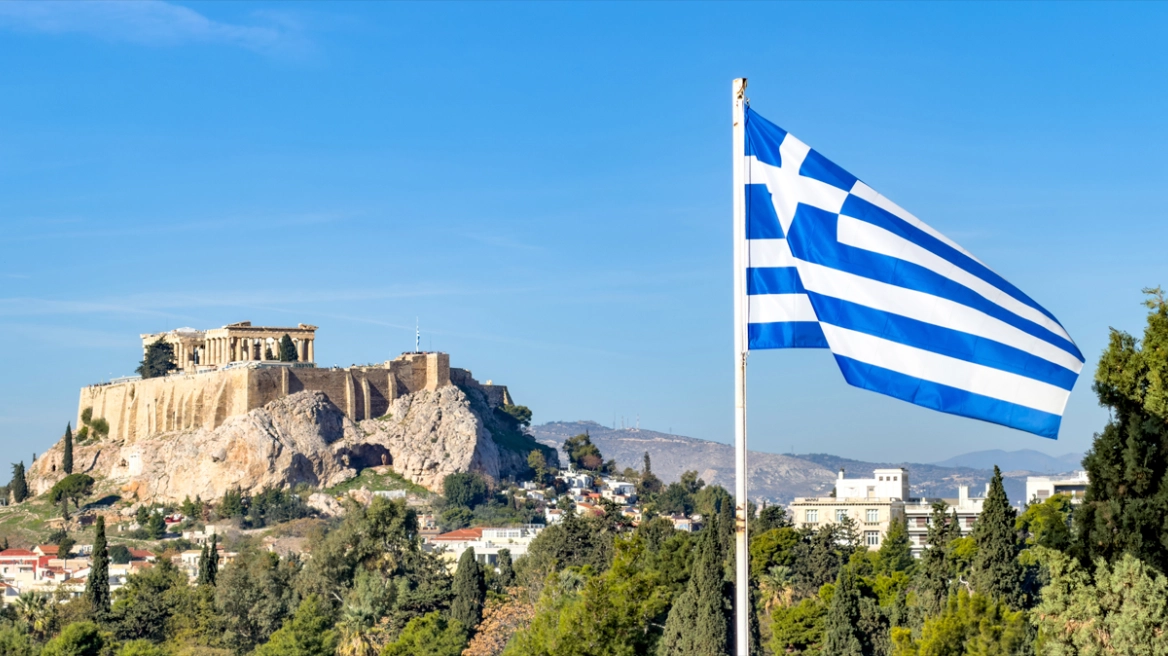Of all the horrible and shocking things that human beings can do to one another, nothing alarms, disgusts, terrifies – or fascinates – more than cannibalism. The subject is intriguing, in part, because of its complexity. What causes people to eat other people? Researchers have divided cannibalism into at least nine categories, with some of the main types being survival, aggression, and ritual. Survival cannibalism involves both necrophagy – eating the dead so as not to waste the calories – and killing others to make it through famines. Aggressive cannibalism is more about hunting and eating one’s own species because it is easy, or some humans have simply developed a taste for it. Ritual cannibalism is complicated, and in many cases, it is related to religion. Much of it, however, centers around honoring loved ones or keeping their essence nearby. Other ritual cannibalism stems from wanting to assume the strength, courage, or other desired aspects of a fallen enemy.
Britain test fires its first high-energy laser weapon
Were Neanderthals Cannibals?
Were Neanderthals really cannibals? The short answer is yes, a fair percentage of them were. The renowned paleogeneticist and recent Nobel Prize winner, Svante Pääbo, states that human bones with cut marks or percussion breakage to extract marrow are ” typical of many, even most, sites where Neanderthal bones are found“. Pääbo is the man responsible for sequencing the first full genome of a Neanderthal in 2010. That same year, he sequenced the genome of a human the world knew nothing about, and he thereby introduced the Denisovans.
Read more: Ancient Origins
Ask me anything
Explore related questions





